Ariarathes IX Medallion Toggle Necklace
Sold
Details
Authentic silver coin pendant of Ariarathes IX Eusebes Philopator, minted circa 101-87 B.C. in the Cappadocian Kingdom, set in 18K yellow gold on an amethyst disc. Paired with a unique rollo chain front-closing toggle featuring citrine cabochons.
Handmade in Rome.
History
Measurements
Delivery
Care

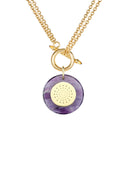
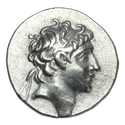
Kings Of Cappadocia
(DRACHM)
(DRACHM)
Profile of the diademed head of the King of Cappadocia from the Ariarathid Dynasty. After Alexander the Great ended Persian rule, Ariarathes, a Persian aristocrat, regained control of Cappadocia and became its first king.
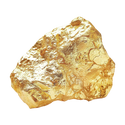
Gold
(18K)
(18K)
It is a dense, soft, malleable, and ductile metal. Gold is highly valued for its beauty, rarity, and resistance to corrosion. It does not tarnish or corrode over time, making it a perfect choice for jewellery.
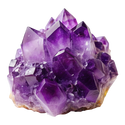
Amethyst
(QUARTZ)
(QUARTZ)
Amethyst, a member of the quartz family, enchants with its vibrant purple hues, which range from delicate lavender to deep violet. Amethyst's alluring beauty and historical significance as a symbol of clarity and protection make it a treasured gemstone in various forms of jewellery and decorative pieces.
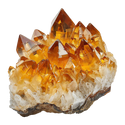
Citrine
(QUARTZ)
(QUARTZ)
Citrine, a stunning yellow gemstone, has been cherished for millennia, often regarded as a gift from the sun. Its name, derived from the French word 'citron' for lemon, perfectly captures the bright, distinctive allure of this gem.
Our items are handmade in our atelier in Rome.
Delivery is estimated at 4-6 weeks from when the order is placed with the atelier, but we always endeavour to deliver sooner. Our team will be in touch to keep your updated at every stage of production.
Alternatively please contact shop@dubini.co.uk




